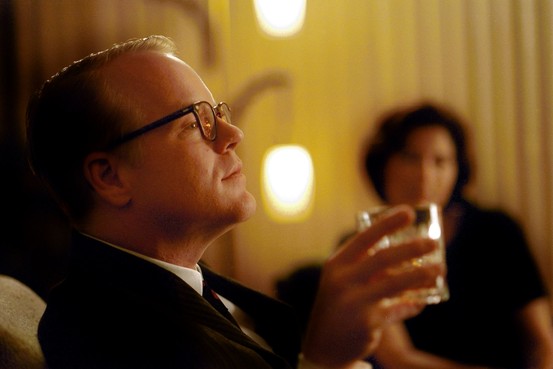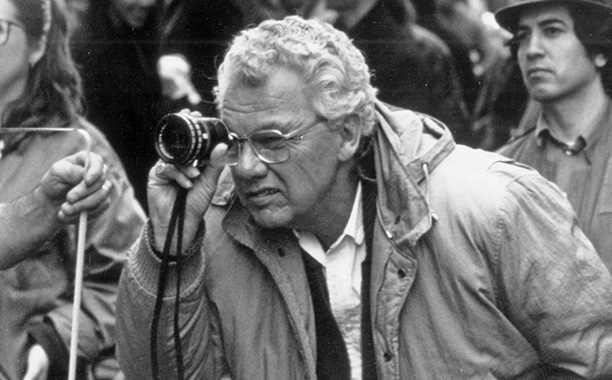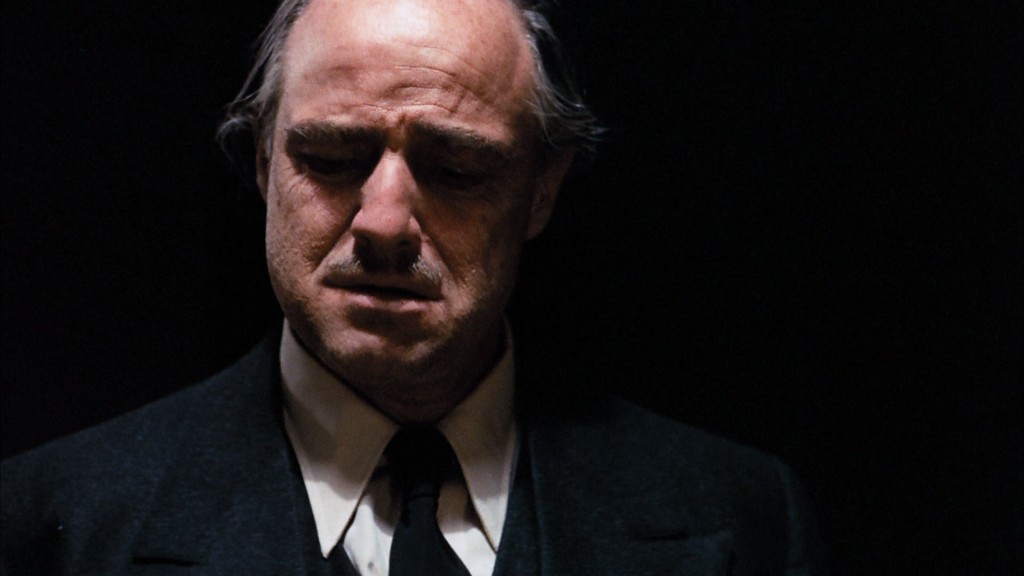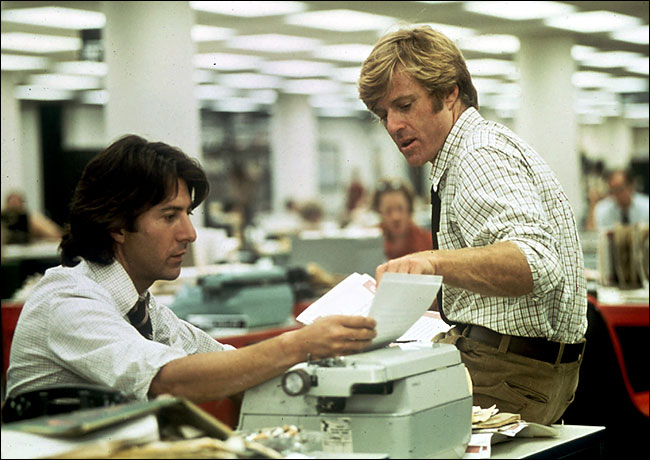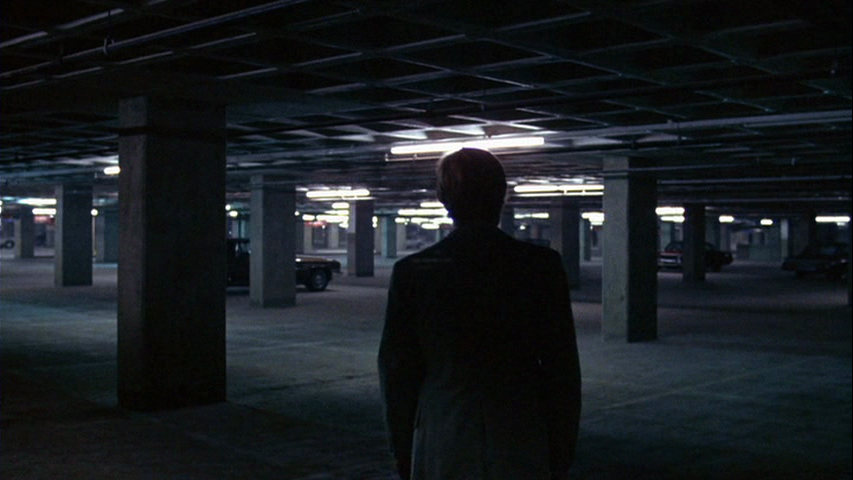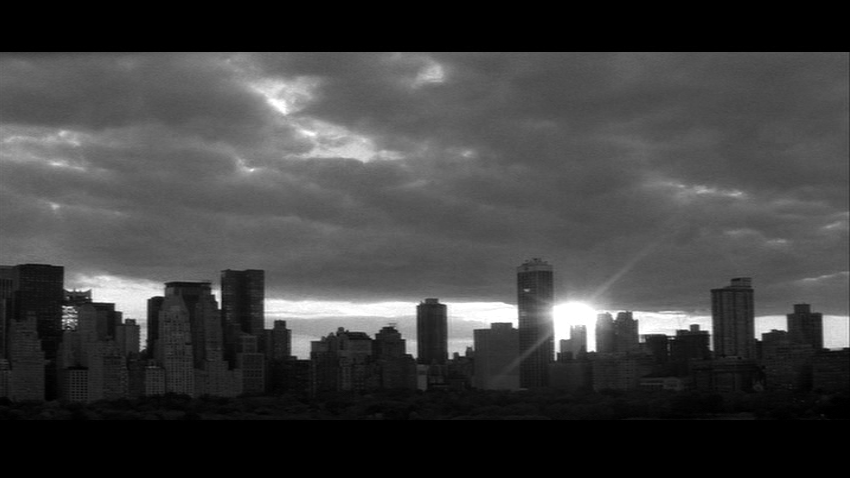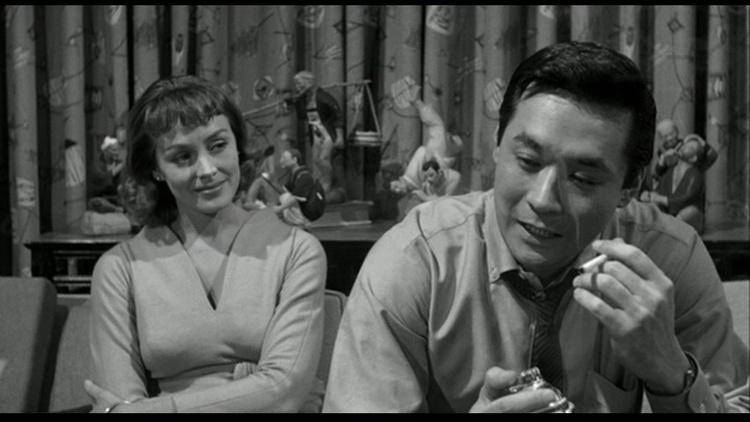
Actor James Shigeta, who along with writer-director Sam Fuller, broke ground in 1959’s The Crimson Kimono, died in July at age 85. Shigeta’s first movie role was in The Crimson Kimono, another sensationalistic and deliciously exploitative cop noir from the great Sam Fuller. Always looking to add some shock value, Fuller delivered a Japanese-American leading man (Shigeta), an inter-racial romance and a stripper victim. The groundbreaking aspect of The Crimson Kimono is that Fuller’s writing and Shigeta’s performance normalized the Japanese-American character. Shigeta’s Detective Joe Kojaku is a regular hardboiled, jaded and troubled film noir protagonist. Of course, Fuller certainly relished the fact that many 1959 Americans would have been unsettled by a Japanese-American man’s intimate encounter with a white woman – another groundbreaking moment in American cinema.
We’re going to miss some other cinematic masters. Some icons. And some that we were expecting to create yet more film treasure:
- Mike Nichols: three reflections.
- Lauren Bacall: talkin’ sexy.
- Robin Williams: his finest movie performance.
- James Garner: and his overlooked movie masterpiece.
- Paul Mazursky: a master of the social satire and the topical movie.
- Eli Wallach: a character actor who amplified his roles.
- Ruby Dee: check out this searing performance.
- Gordon Willis: groundbreaking behind the lens as the Prince of Darkness.
- Malik Bendjelloul: At 36, just after winning an Oscar for Searching for Sugar Man.
- Harold Ramis: How many filmmakers have written two films as good as Animal House and Groundhog Day?
And Philip Seymour Hoffman: His heartbreaking death was a punch to the gut on Super Bowl Sunday. That’s the thing about addiction – not everybody makes it.
